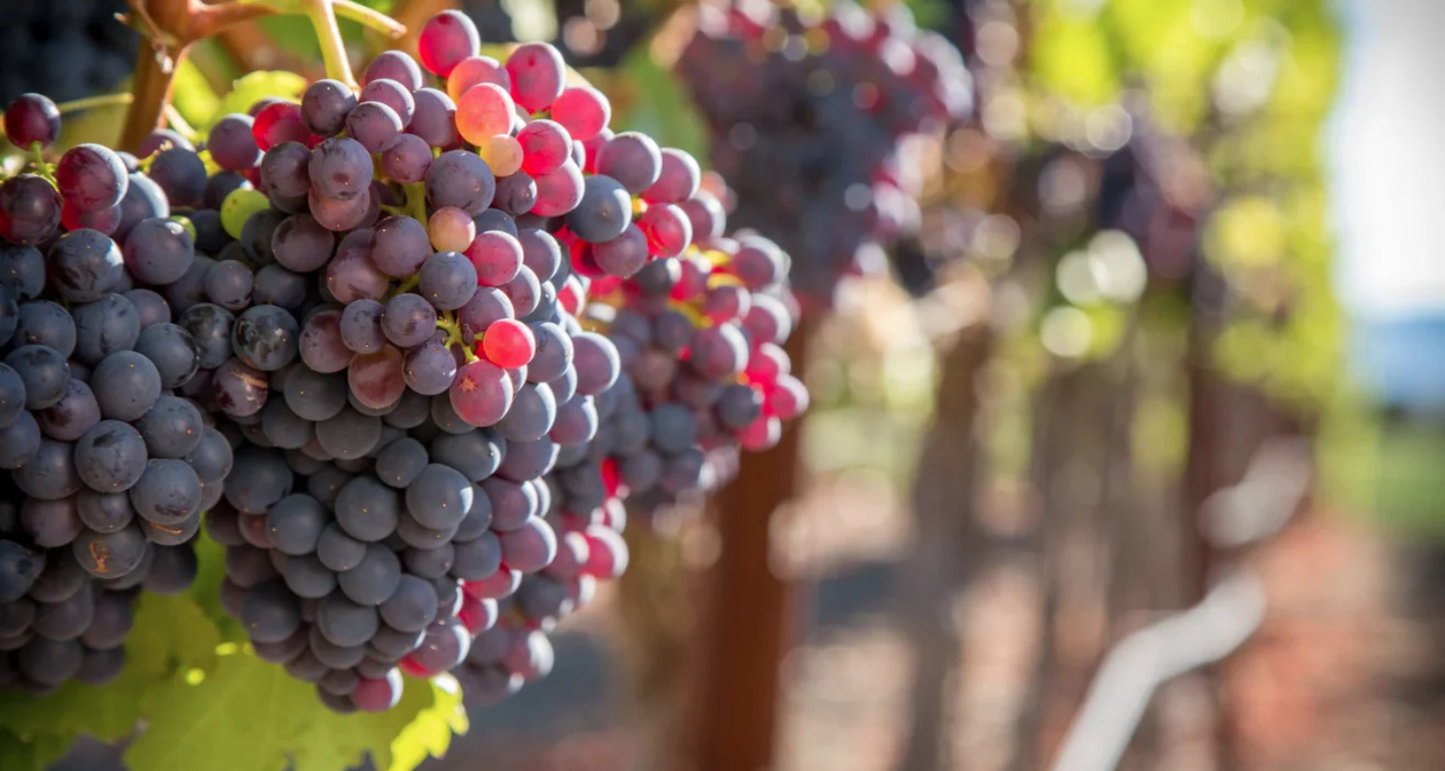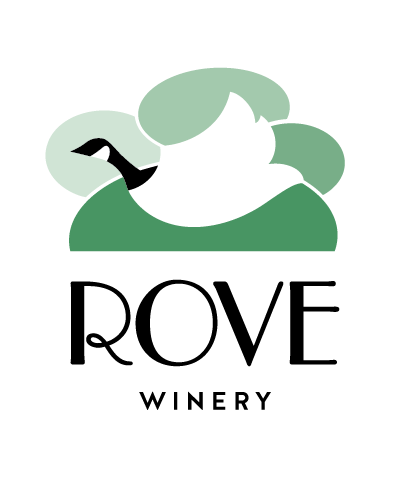
If you’ve ever sipped a red wine and noticed a slight dryness on your tongue, you’ve experienced tannins at work. These naturally occurring compounds are responsible for much of wine’s texture, structure, and age-worthiness.
But what exactly are tannins, and why do they matter to wine lovers?
Let’s take a closer look at how they affect your tasting experience and how you’ll find them beautifully expressed in our wines.
What Are Tannins?
Tannins are a type of polyphenol found in many plants, including tea leaves, dark chocolate, and – of course – grapes.
In wine, tannins come primarily from the grape’s skins, seeds, and stems. They’re also introduced during aging if the wine spends time in oak barrels.
In the vineyard, tannins help protect the grapes from predators. In your glass, they’re responsible for wine’s astringency: that dry, puckering mouthfeel that’s often associated with bold reds.
But tannins are more than just texture. They give structure to wine, creating balance and the potential for graceful aging. Think of them as the architectural beams holding up the flavor house.
What Do Tannins Taste and Feel Like?
Tannins aren’t a flavor, per se. They’re a sensation.
Imagine biting into a just-ripe banana peel or letting a strong black tea linger on your tongue. That drying, slightly bitter feeling? That’s tannin.
In wine, tannins create mouthfeel. Smooth and supple in some wines, firm and grippy in others, tannins add dimension and balance, especially when paired with acidity and fruit.
For some, they might take getting used to. But once you tune into their presence, they become an essential part of the tasting journey.
Red Wine vs. White Wine Tannins
Red wines typically have more tannins than whites. That’s because red wine is fermented with the grape skins, where most tannins reside. White wines are usually pressed off their skins early, resulting in a softer, more delicate structure.
That said, oak aging can add tannins to white wines. Think of a creamy, barrel-aged Chardonnay with a touch of texture on the finish.
Tannins and Wine Aging
Tannins are natural preservatives. They bind with oxygen, slowing down the oxidation process that can spoil wine over time.
That’s why wines with higher tannin content (like Pinot Noir or Cabernet Franc) can age gracefully, evolving from bold and structured in their youth to silky and complex with time.
Our Rove Winery Merlot is a wonderful example. Its medium tannin structure provides the backbone for aging, while its rich cherry and cocoa notes develop beautifully in the bottle. Whether you enjoy it now or tuck it away for a few years, you’re in for something special.
Tannins in Rove Wines
At Rove Winery, we carefully craft our wines to highlight the natural elegance of Leelanau fruit. You’ll find tannins gently woven into many of our red offerings:
- Pinot Noir: Elegant and perfumed, with soft, silky tannins that support notes of red berries, toasted spice, licorice, and a floral whisper of hibiscus.
- Merlot: Rich and structured, offering medium tannins that support deep berry, cocoa, and spice notes.
- Cabernet Franc: Bold and expressive, with structured tannins and a tapestry of dark fruit, earth, and spice. Notes of cherry compote, leather, and allspice hint at its aging potential.
Each sip reflects our terroir – a marriage of cool breezes, sloping vineyards, and the hands that tend them.
Pairing Tannins with Food
Tannic wines and rich, fatty foods are a match made in culinary heaven. Tannins bind with proteins and fats, smoothing their grippy texture and allowing fruit and spice flavors to shine.
A good rule of thumb? The bolder the wine, the richer the dish.
Try pairing our Pinot Noir with herb-crusted salmon or mushroom risotto. These dishes highlight the wine’s silky tannins and earthy undertones. Or savor our Merlot with a grilled steak or roasted duck, where each bite and sip enhance the other in perfect harmony.
Tannins: The Final Pour
Tannins are one of wine’s most fascinating traits – shaping its structure, influencing its age, and adding complexity with every sip. Whether you’re new to wine or a seasoned enthusiast, understanding tannins will elevate your appreciation of what’s in your glass.
At Rove Winery, we invite you to taste, explore, and discover the rich tapestry of our wines. Let the tannins lead the way.



